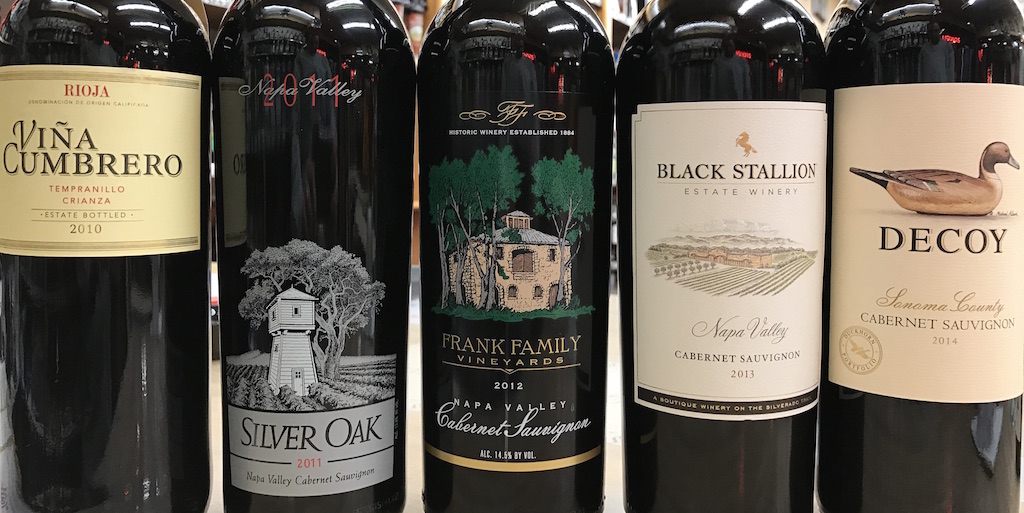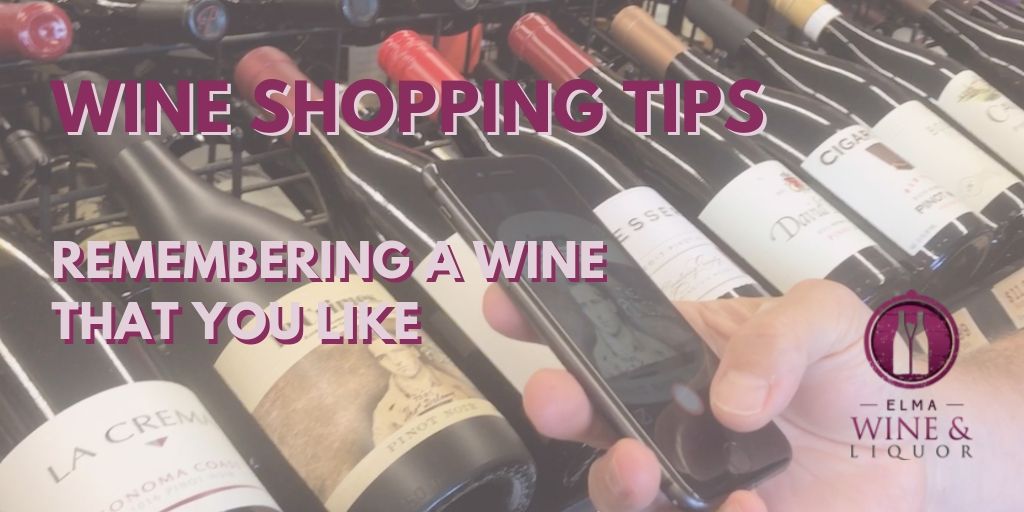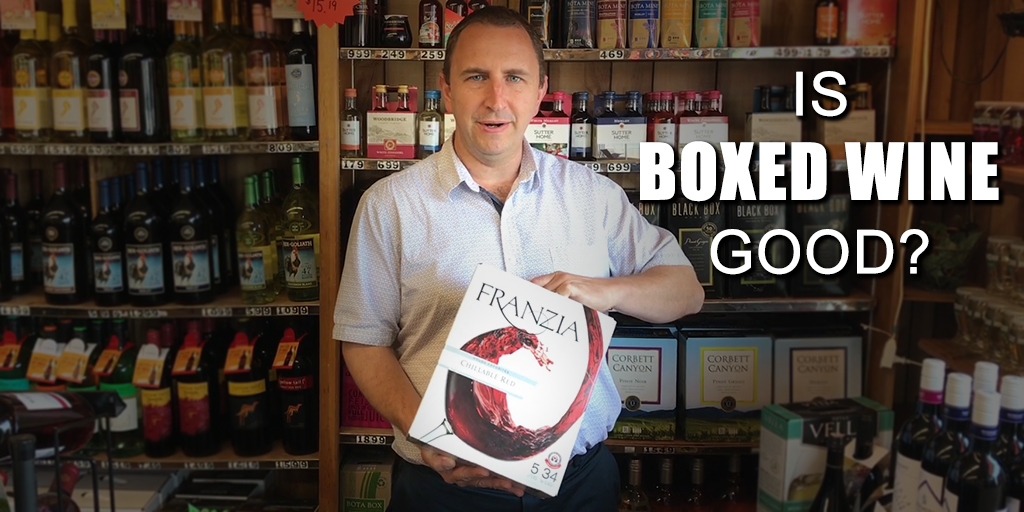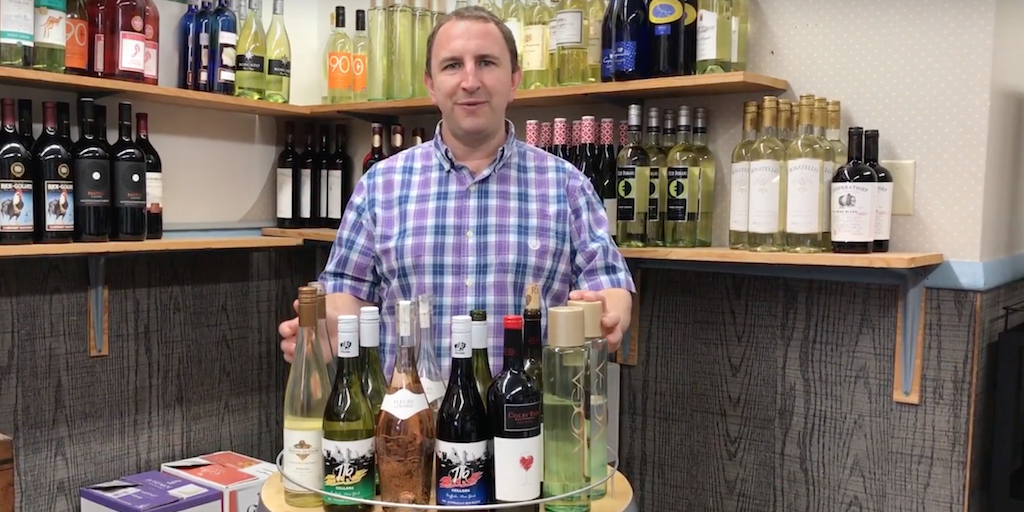Ever Wonder, “What Does Vintage Mean?”
Ever wonder, “What does vintage mean”?
You’re not alone.
There are quite a few misconceptions about what a vintage means when referring to wine. But the real meaning is actually quite simple: the vintage is the year the grapes were harvested. That’s it.
You will typically find that white wines have more recent vintages as these wines are often made without any aging process so the go from vine to glass more quickly. Most red wines spend at least some time aging in oak barrels or in their bottles or both before being released from the wineries.
Often times American wines and those on the lower end of the price scale will have more recent vintage dates on them, whereas European wines are more often aged longer so their vintages are older when they are sold to consumers. There are many exceptions to this as there are with anything in the wine world.
The next time you hear someone ask, “What does vintage mean?” You can confidently jump in and answer that the vintage indicates the year that the grapes were harvested.
Watch our video for a little more in depth information about vintage and please remember to share this video and leave your comments below.
“Hi. Welcome to Elma Wine & Liquor. I’m Tim. Thank you very much for all of you who tuned in to our last video and left us nice comments and gave us great feedback. We really appreciate it. This is something we plan to do more often this year, so if you have any questions or specific topics you’d like us to discuss, please let us know in the comments below or shoot us an email.
Today, we’re going to be talking about the word “vintage.” A lot of people get confused or have misconceptions about the word vintage. And we get the question all the time, “What does vintage mean?”
All that the word means is the year that the grapes were harvested. That’s it. Nothing fancy. Nothing overpriced. It just means that the grapes were harvested in that year. You’ll find that white wines are typically a little bit younger. They’re put out a little bit faster, so you’ll see more recent years on them. Whereas, some red wines, you’ll find, are a little bit older. The years will be two or three years before they’re released. That’s simply because red wines are more often made using oak aging. They spend a little bit more time before they’re released.
There are exceptions to that, as with everything in the wine world, especially with white wines. Chardonnays are typically aged a little bit longer. Some of them are aged in oak barrels for anywhere from months to years. Just a tip for red wine drinkers that don’t particularly care for those oaky flavors that you get in wine, you’re going to want to look for a younger vintage wine, something that was released or harvested as early as the year before, so you know that they couldn’t possibly have spent that much time in oak barrels.
In the US, and especially with some of the bigger brands, you’ll find that they are moving to the market more quickly than other parts of the world. I have a Spanish wine here, for example. The vintage is 2011, but it was just released in the market this year. Whereas, some US wines will be released within a year or two years, especially with the bigger brands. Also, with the bigger brands, you won’t find a ton of difference from year to year, as their wine makers have gotten pretty good at making sure that the flavors stay the same.
When you talk about some of the higher-end wines, especially with a wine like Caymus here from Napa Valley, you’ll see we have two different vintages, the 2013 and the 2014. Both received a 94-point score from Robert Parker, but in the tasting notes for each of them, the 2013, they talked about the loads of blackberry that it contained. Whereas, in 2014, they mentioned only hints of blackberry and strong cassis flavors.
If you had them side by side, you would definitely know the difference, but the main substance in the wine and the main flavors will still be consistent from year to year. That’s something fun you can try on any quality, any price point of wine. If you ever happen to notice when the vintages are switching over in the store, you might see a 2014 and a 2015 on the shelf. It might be worth your while to pick up both of them and test them out, side by side, to see if you can pick up any differences.
In summary, alls the word vintage means is the year that the grapes were harvested. That’s it. Nothing else. Not too fancy. Just a very simple word. Thank you very much for your time. We appreciate you watching, and please leave us your comments or feedback in the comment section below. Thank you very much.”
In case you missed our last video please check it out here. Or purchase Caymus Cabernet here.





